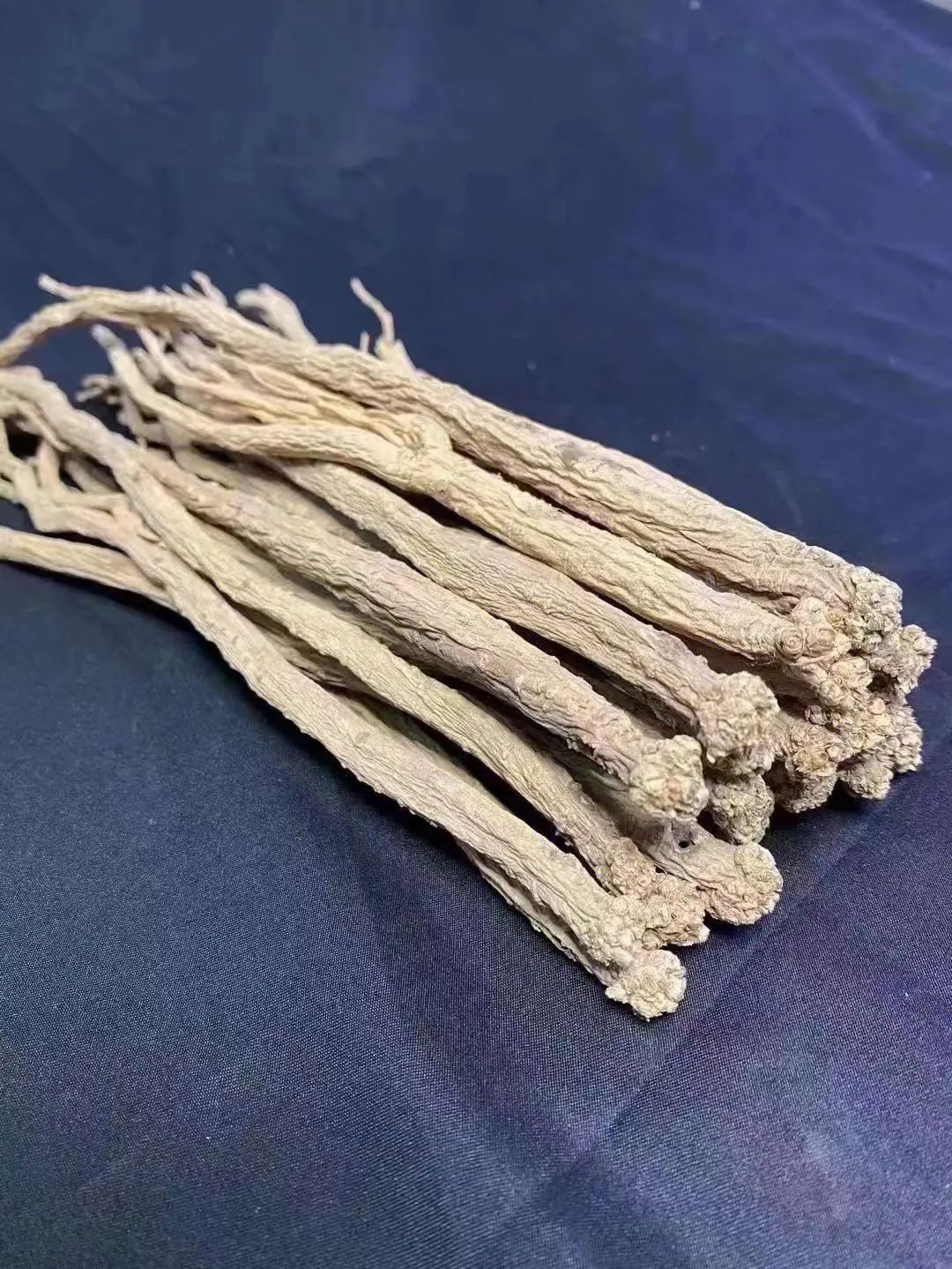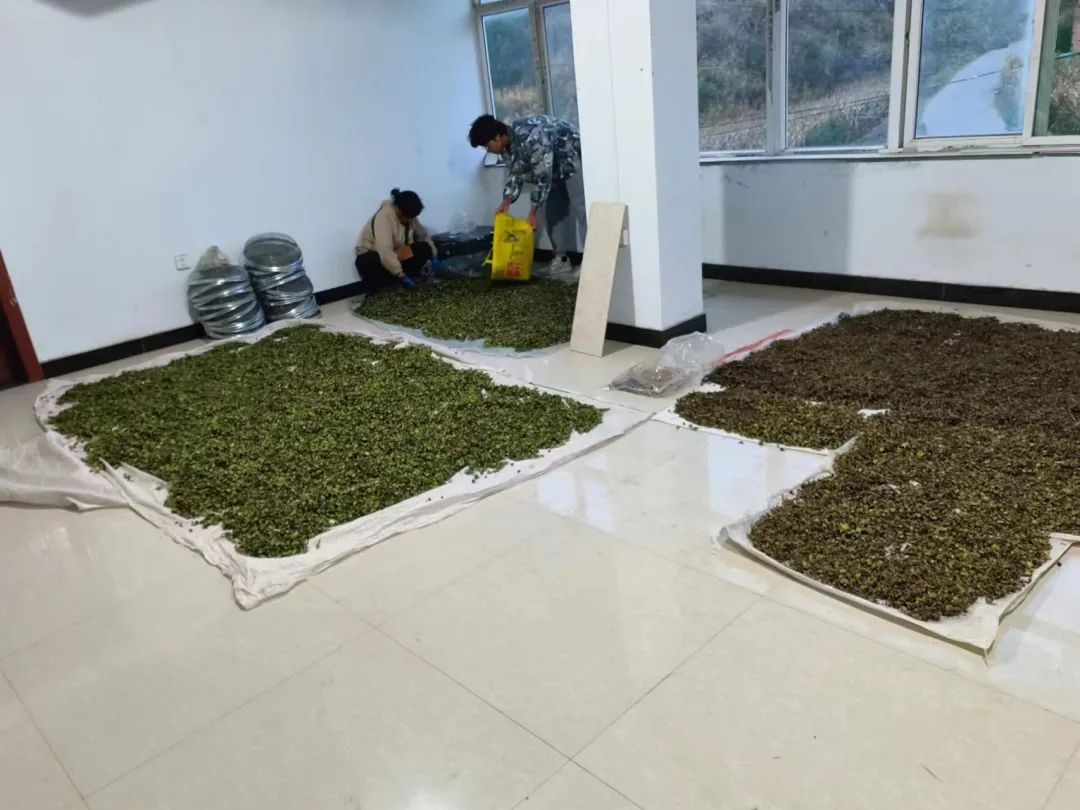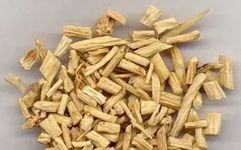Medicinal
Plant
Cultivation
of
Codonopsis
Codonopsis (Scientific name: Codonopsis pilosula, Root of Pilose Asiabell, Pilose Asiabell Root, Moderate Asiabell Root, Szechwan Tangshen Root) is a herb listed in the Chinese Pharmacopoeia. The herb is derived from the dried roots of the Campanulaceae family plants such as Codonopsis pilosula, Codonopsis tangshen, or Codonopsis lanceolata.
Codonopsis has a sweet flavor and a neutral nature. It has the functions of tonifying the middle, benefiting qi, quenching thirst, strengthening the spleen and lung, and nourishing blood and generating fluids. It is used for conditions such as spleen and lung qi deficiency, poor appetite, fatigue, cough with shortness of breath, insufficient qi and blood, pale complexion, palpitations, shortness of breath, thirst due to fluid damage, and internal heat leading to thirst. Symptoms include fatigue, weakness in limbs, poor appetite, qi deficiency, dual deficiency of qi and fluids, dual deficiency of qi and blood, and blood deficiency with pallor. However, it should not be used when there is an unresolved exterior condition with internal fullness. Its effects are similar to ginseng, but its potency is weaker. It is suitable for treating general deficiency syndromes and can replace ginseng; however, for severe deficiency, ginseng is preferred. Harvesting occurs in autumn, followed by cleaning and drying.
Functions
and

Tonifies the middle, benefits qi, generates fluids, and nourishes the lungs. It treats spleen and stomach weakness, dual deficiency of qi and blood, fatigue, poor appetite, internal heat leading to thirst, chronic diarrhea, prolapse of the rectum, lung deficiency with cough, shortness of breath with spontaneous sweating, and dual deficiency of qi.
1. Benjing Fengyuan: Clears the lungs.
2. Ben Cao Cong Xin: Tonifies the middle, benefits qi, harmonizes the spleen and stomach, and alleviates thirst.
3. Gangmu Shiyi: Treats lung deficiency and benefits lung qi.
4. Scientific Folk Herbs: Blood tonic. Suitable for chronic anemia, pallor, leukemia, glandular diseases, and rickets.
5. Chinese Medicinal Materials Handbook: Treats deficiency labor, internal injury, cold in the intestines and stomach, chronic diarrhea, shortness of breath with thirst, fever with spontaneous sweating, women’s uterine bleeding, and various diseases.
Planting
Techniques

1. Suitable planting range: Codonopsis is best grown at altitudes of 2000-2600 meters, in areas with an average annual temperature below 7°C.
2. Seedling technology
Site selection: The seedling site should be close to a water source, with loose, fertile, well-drained sandy loam or humus soil, preferably on a shady slope.
Seed selection and treatment: Use fresh seeds from the current year, removing impurities, rot, and empty seeds. The main varieties are “Weidang No. 1” and “Weidang No. 2”.
Fine tillage: Combine plowing with the application of 1500-2000 kg of well-rotted farmyard manure per mu, and 7.5-11.25 kg of 50% phoxim emulsion mixed with toxic soil. Fine tillage should create 3-meter-wide beds, ensuring the soil is moist enough.
Sowing: The best sowing period is from mid-April to early May. Sowing method: Broadcast 1.5 kg of seeds per mu, mixed with fine sand, evenly spread on the surface, then sweep back and forth 2-3 times with a broom, and gently press down to ensure seed-soil contact; for row sowing, open shallow furrows 18-20 cm apart, 3 cm deep, and 10 cm wide, evenly sow seeds in the furrows, covering with 0.5-1 cm of fine soil. After sowing, cover the surface with straw or chaff for shading, and water promptly to keep the surface moist.
Field management: When seedlings emerge and reach 5 cm, remove the covering on rainy days for weeding and tilling. After one year of growth, they can be transplanted.
Common
Medicinal
Foods
1. Codonopsis and Yuzhu Congee
Yuzhu 20g, Codonopsis 30g, rice 50g. First, decoct Yuzhu and Codonopsis to extract the juice, remove the dregs, then add rice and an appropriate amount of water to cook congee. Take twice daily while hot.
Function: Benefits qi and nourishes yin. Indicated for fatigue and weakness due to dual deficiency of qi and yin, spontaneous sweating, palpitations, poor appetite, dry mouth, heat in palms and soles, or night sweats, with insomnia and vivid dreams. Discontinue if experiencing cold or abdominal distension.
2. Codonopsis and Corn Tea
Codonopsis 30g, corn 100g. Wash Codonopsis and corn separately, crush the dried Codonopsis, and roast the corn. Place both in a clay pot, add 1000 ml of water, soak for 1 hour, then boil for 20 minutes, let settle, and pour into a thermos for drinking.
Function: Tonifies the spleen, nourishes the stomach, benefits qi, and nourishes yin. Indicated for spleen and stomach weakness, poor appetite, and vague stomach pain.
3. Angelica and Codonopsis Stewed Chicken
Angelica 15g, Codonopsis 15g, one chicken, green onion, ginger, cooking wine, and salt to taste. After slaughtering the chicken, clean it, place Angelica and Codonopsis inside the chicken, then put the chicken in a clay pot, add green onion, ginger, cooking wine, salt, and water to taste. Bring to a boil over high heat, then simmer until the chicken is tender. Serve by separating the meat and drinking the soup.
Function: Nourishes blood and strengthens the body. Suitable for chronic hepatitis and various anemias due to liver and spleen blood deficiency.
4. Codonopsis and Jujube Rice
Codonopsis 10g, glutinous rice 250g, sugar 50g. Place Codonopsis and jujubes in a clay pot, soak and boil for about 30 minutes, remove Codonopsis and jujubes, and reserve the liquid. Wash the glutinous rice, place it in a large porcelain bowl, add an appropriate amount of water, and steam until cooked. Invert onto a plate, place Codonopsis and jujubes on top, and pour the reserved liquid mixed with sugar over it. This can be eaten for breakfast.
Function: Strengthens the spleen and benefits qi. Indicated for physical weakness, fatigue, palpitations, insomnia, poor appetite, and edema.
5. Codonopsis, Astragalus, and He Shou Wu Essence
Codonopsis 250g, Astragalus 250g, prepared He Shou Wu 200g, sugar 500g. Wash Codonopsis, Astragalus, and prepared He Shou Wu, soak in cold water, add an appropriate amount of water to boil, then switch to low heat, extracting the liquid every half hour for a total of 3 times; combine the three decoctions, remove the dregs, and continue to simmer until thickened.
6. Codonopsis and Goji Berry Wine
Codonopsis 15g, goji berries 15g, rice wine 500ml. Wash Codonopsis and goji berries, dry and grind into coarse powder, place in a narrow-mouthed bottle, add rice wine, seal the bottle, shake once daily, and let steep for over 7 days. Take 15 ml each time, twice daily.
Function: Benefits qi, nourishes blood, calms the mind, and soothes the spirit. Indicated for dual deficiency of heart and spleen, palpitations, insomnia, vivid dreams, poor appetite, and fatigue.
7. Codonopsis and Astragalus Soup
Codonopsis 250g, Astragalus 250g, sugar 500g. Wash Codonopsis and Astragalus, soak in cold water, add an appropriate amount of water to boil, extracting the liquid every half hour for a total of 3 times, then combine the decoctions. Simmer until thickened, cool, add sugar to absorb the liquid, mix well, dry, crush, and store in a glass bottle.
Dosage: Dissolve in boiling water before consumption, 10g each time, twice daily.
Function: Tonifies lung and spleen qi. Suitable for symptoms of qi deficiency type palpitations, shortness of breath, poor appetite, organ prolapse, edema, asthma, and dizziness.
END
Text and Images | Internet
Design | Qu Taoyu
Editors | Wang Hao, Lü Guohong


